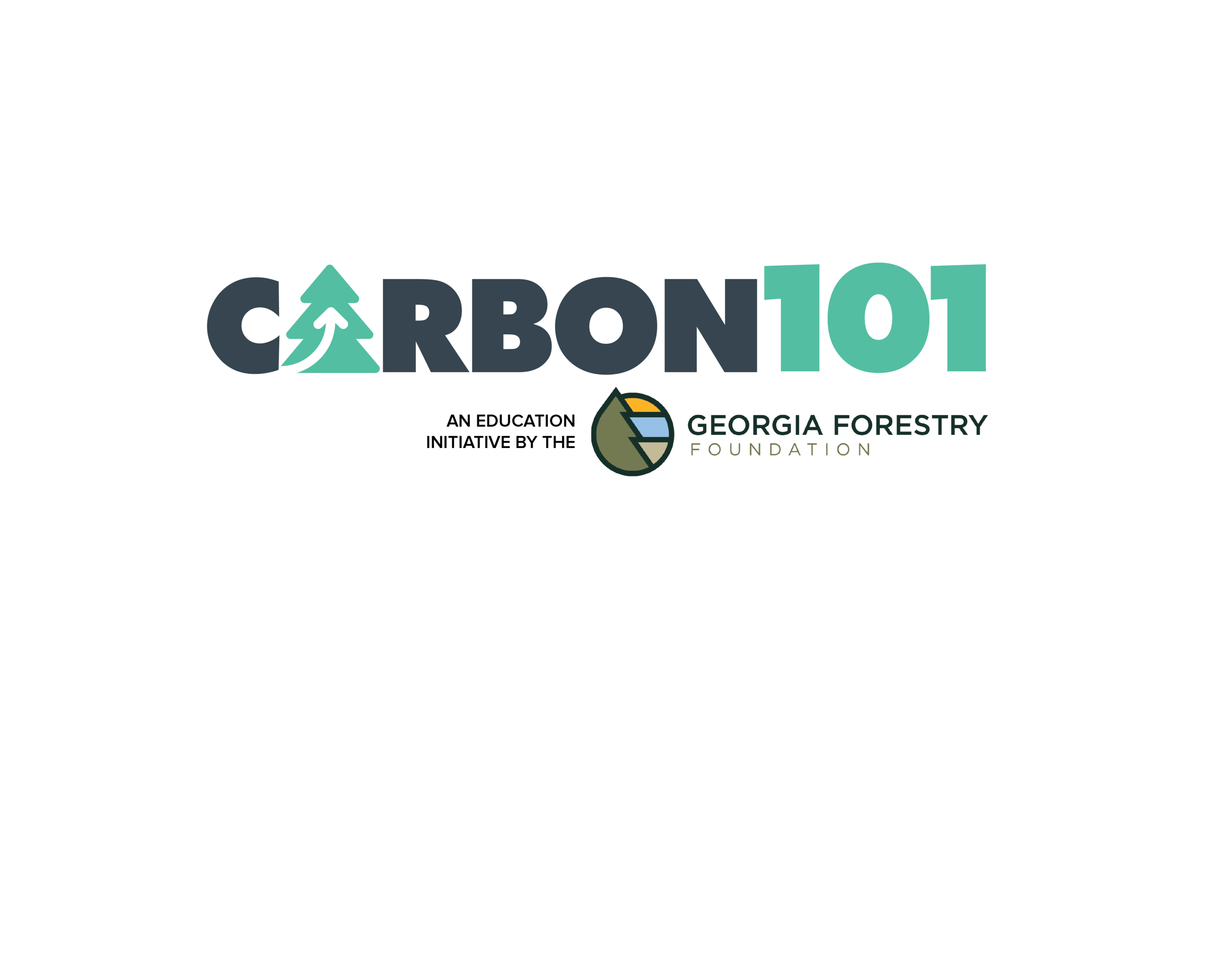The Carbon101 educational initiative was developed for GFA members by the Georgia Forestry Foundation and serves as a repository of trusted information for landowners and GFA members about carbon markets. In producing this content, we have worked with several carbon marketplace experts to gather information and develop video content.
The tabs below will guide you through the core functions of the forest carbon market in the United States. You must be a GFA member to view this content. If you are not a member and would like to learn more, please contact Nick Diluzio (nick@gffgrow.org)
Your Roadmap to Entering the Carbon Market
Establishing a carbon project on your land can feel like a daunting task due to the required regulations and verification of the many program steps. No matter the size of your land, we have pulled together the information you need to familiarize yourself with the project.
Process for Streamlined Carbon Programs
While individual landowners are welcome to navigate the process of developing a carbon project themselves, there are several carbon developers in the marketplace, like Finite’s CoreCarbon (in the Southeast), that offer streamlined programs designed for smaller landowners (<3,000 acres).
Although the prices for these carbon credits may be a bit lower than larger projects, these opportunities allow for individual landowners, not eligible for the larger programs (+3–5,000 acres), to participate in the carbon market. The process for entering a streamlined market may vary, but below are the basic steps for entering an agreement.
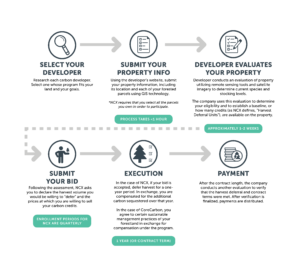
PLEASE NOTE
- Currently, third-party verification rules dictate that you must only work with one carbon developer for all projects, now and in the future. For example, you could not work under a Forest Carbon Works agreement and then switch to Core Carbon, even after your contract has expired. These rules will likely change soon.
- The CoreCarbon program provides periodic payments throughout the life of the contract period.
Development Process for Larger Carbon Projects
This six-step development process applies to larger landowners desiring to develop traditional large-scale carbon projects. It is important to know and understand each step and the effort required to navigate the entire process.
Step 1: Feasibility
Step 2: Listing
Step 3: Validation & Registration
Step 4: Implementation
Step 5: Verification
Step 6: Issuance
SECTION 5: POLICY
GFA is dedicated to advocating for healthy markets for your forest investment. Whether you are a seasoned carbon professional or new to the market, we are here to serve you with information and resources.
Federal Policy
State Policy
Take a Look
FOREST CARBON NEWS
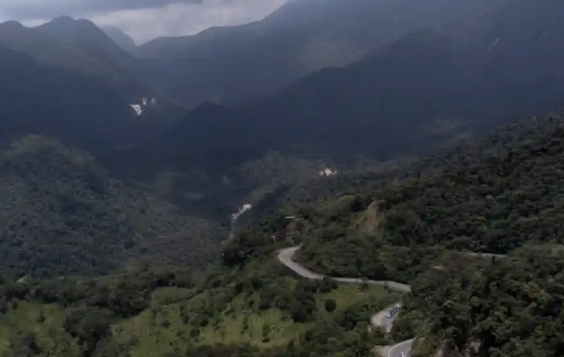

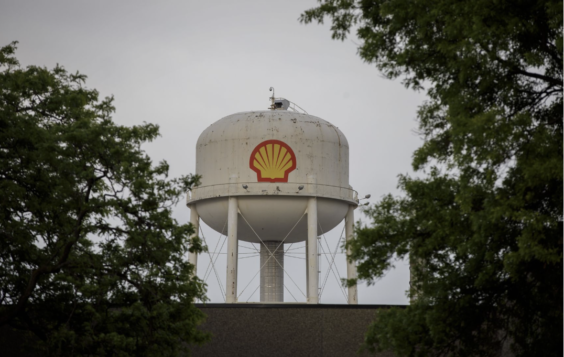
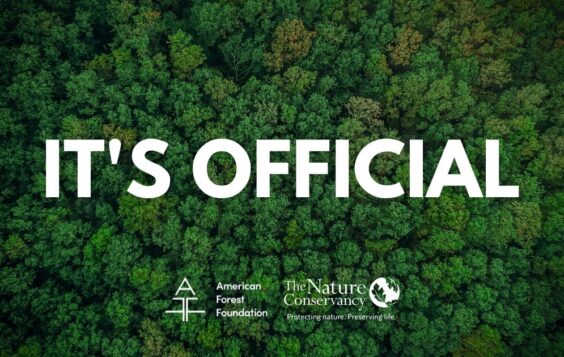
Questions? Drop Us a Line!
We are here to support you in your forest carbon journey.
Call our office today at 478-992-8110 or contact Nick directly.



